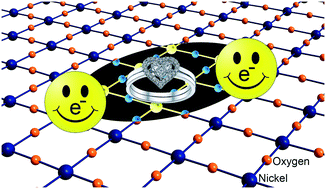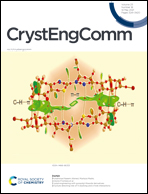Review on quasi-2D square planar nickelates
Abstract
In strongly correlated materials, lattice, charge, spin and orbital degrees of freedom interact with each other, leading to emergent physical properties such as superconductivity, colossal magnetic resistance and metal–insulator transition. Quasi-2D square planar nickelates, Rn+1NinO2n+2 (R = rare earth, n = 2, 3…∞), are of significant interest and long sought for cuprate analogues due to the 3d9 electronic configuration of Ni+, the same as the active ion Cu2+ in the high-Tc superconducting cuprates. The field has attracted intense attention since 2019 due to the discovery of superconductivity in thin films of Nd0.8Sr0.2NiO2, although no superconductivity has been reported in bulk polycrystalline powders. Herein, we review the synthesis of polycrystalline powders of quasi-2D square planar nickelates through topotactic reduction of parent compounds that are synthesized via solid state reaction, precursor method, high pressure floating zone method and high-pressure flux method. We emphasize single crystal preparation using the high-pressure floating zone techniques. We discuss their crystal structure and physical properties including resistivity, magnetic susceptibility and heat capacity. We highlight the cuprate-like physics, including charge/spin stripes and large orbital polarization, identified in single crystals of R4Ni3O8 (R = La and Pr) combining synchrotron X-ray/neutron single crystal diffraction and density functional theory calculations. Furthermore, the challenges and possible research directions of this fast-moving field in the future are briefly discussed.

- This article is part of the themed collections: 2021 Highlight article collection and Crystal Growth


 Please wait while we load your content...
Please wait while we load your content...